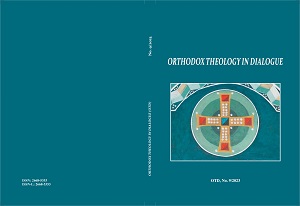ART AND NON-ART
ART AND NON-ART
Author(s): Emilia BurlanSubject(s): Museology & Heritage Studies, Visual Arts, Sociology of Art
Published by: MITROPOLIA OLTENIEI
Keywords: Art Teachers; The Art; The Non-Artist; Museum; Visual Artists;
Summary/Abstract: Whoever wants to gain access to art must, first of all, make contact with it. Gradually, the whole richness of works of art is revealed and arranged, when we perceive it correctly, with the messages it conveys to us. Pictorial form develops according to well-defined rules, from the simplest to the most complex images, in a process of gradual differentiation. Form development is an autonomous mental process between perceptual and conceptual representational concepts. Authentic art today is much more difficult to accept. Our eyes have been reduced to the role of tools of identification and measurement, unable to perceive the meaning of what we see. Mere contact with the masterpieces is not enough, a visit to the museum or browsing through an art album, art is best understood in the loft among pencils, brushes, canvases, chisels, symbols, plastic artists, art teachers. The artist must have the wisdom to find meaning in particular events, understanding them as symbols of universal truths. These qualities are indispensable. But not only artists possess them. The privilege of the artist is the ability to perceive the nature and meaning of an experience in relation to a certain artistic technique, thus being able to make them tangible. The non artist is left speechless by the fruit of his sensory wisdom. He cannot give it a proper material form. He can express himself more or less intelligible, but he cannot express his feelings. In the moments when a human being is an artist, he finds a configuration for the informed structure of the received. Children's works should not be viewed negatively, as something unsatisfactory, something to be overcome as soon as possible, the better on the way to competent art. It is natural for the artist and the art teacher to imagine that his field is self-contained, governed by its own rules and destined for its own purpose. Yet we cannot hope to cultivate the sense of visual form in any part of the curriculum if this sense is neglected or ill-used in art.
Journal: ORTHODOX THEOLOGY IN DIALOGUE
- Issue Year: 9/2023
- Issue No: 9
- Page Range: 203-214
- Page Count: 12
- Language: English

